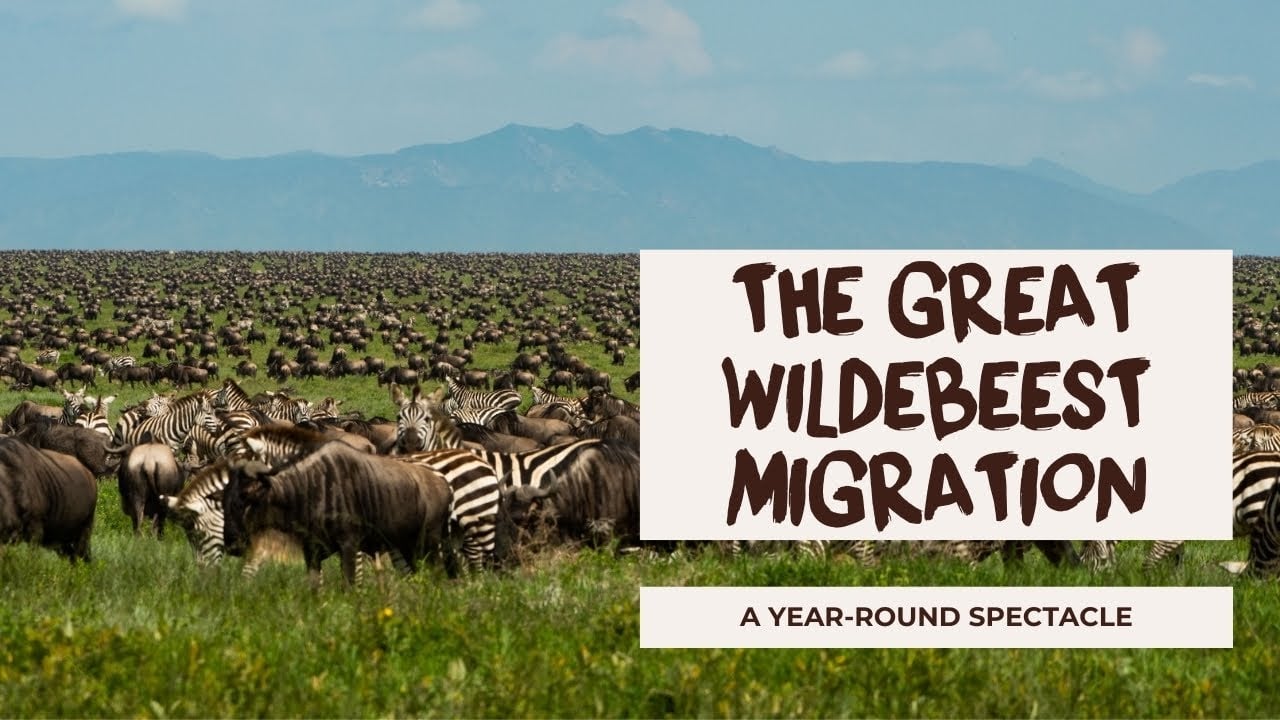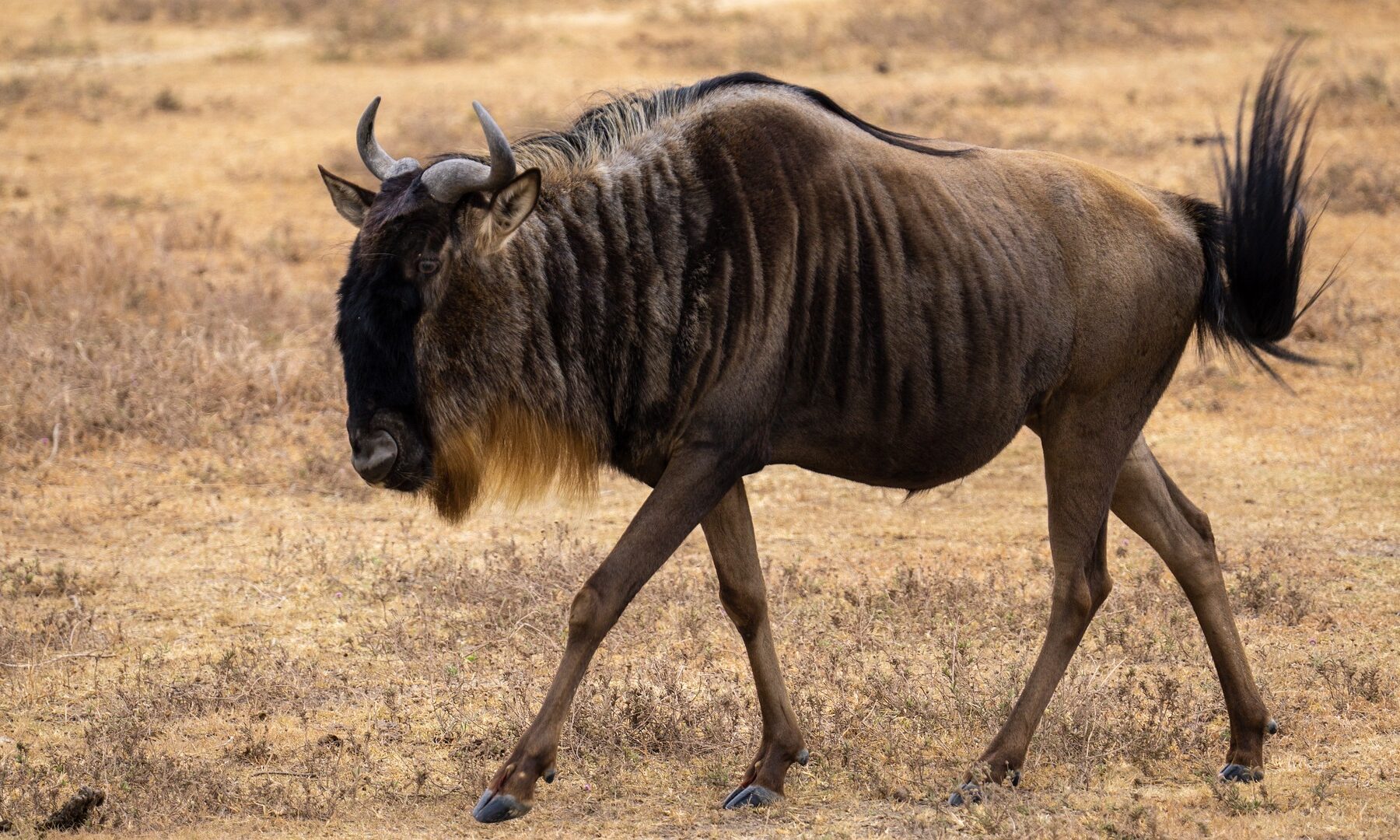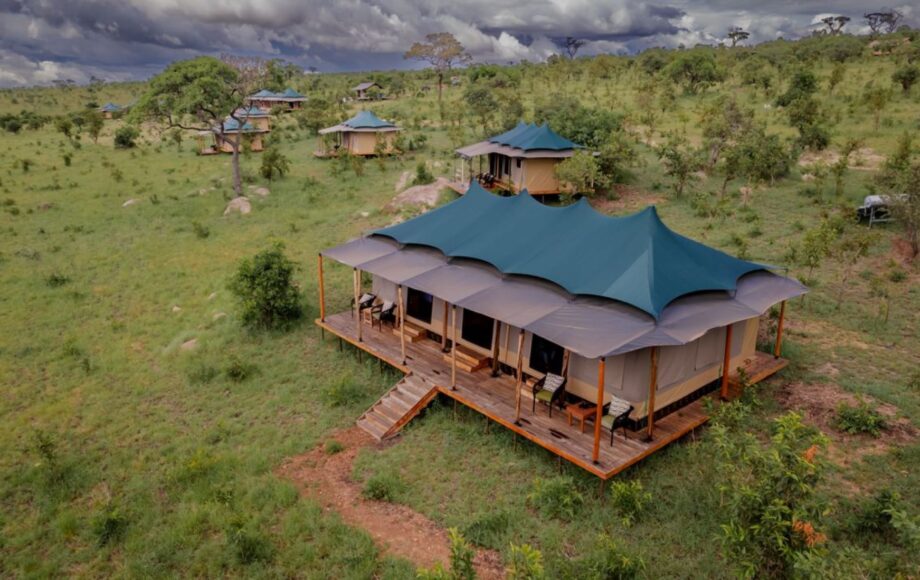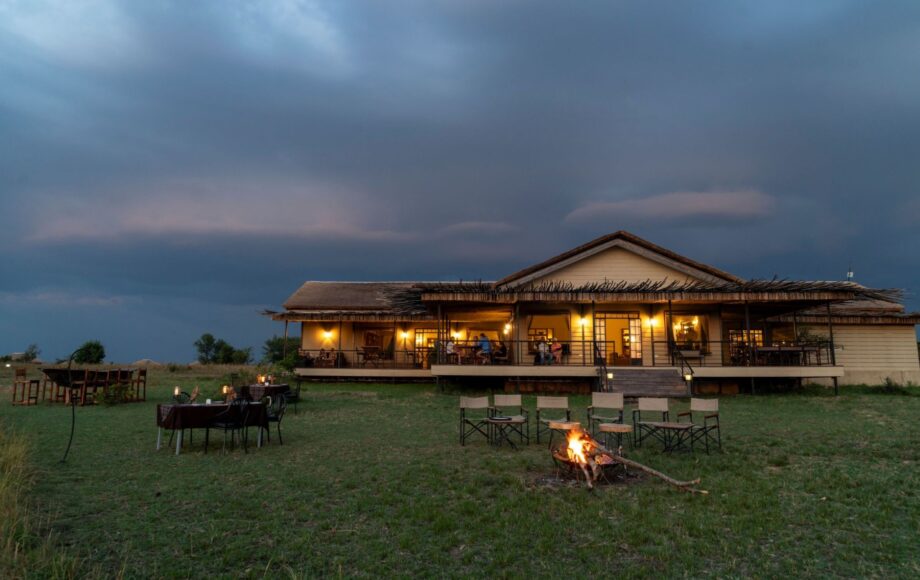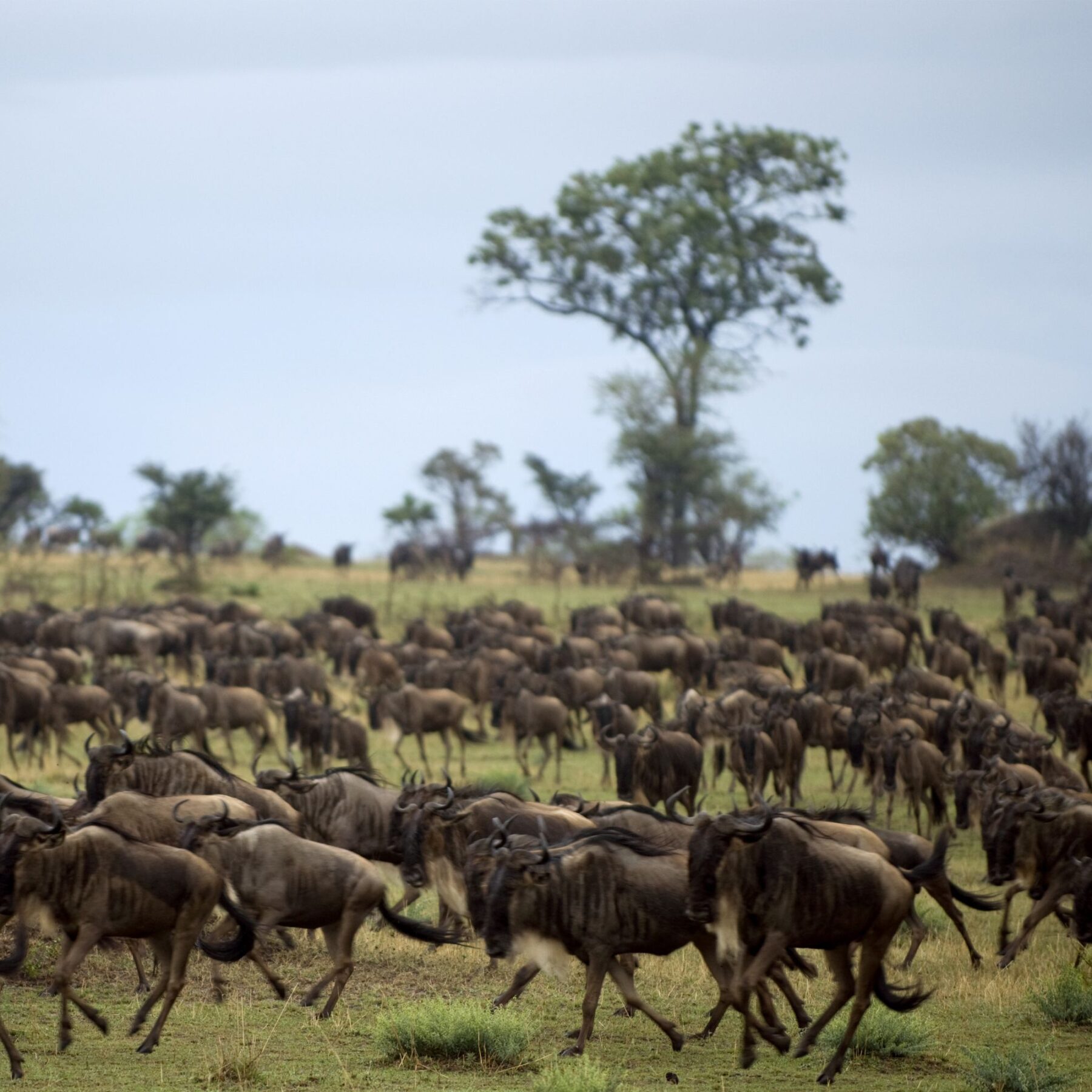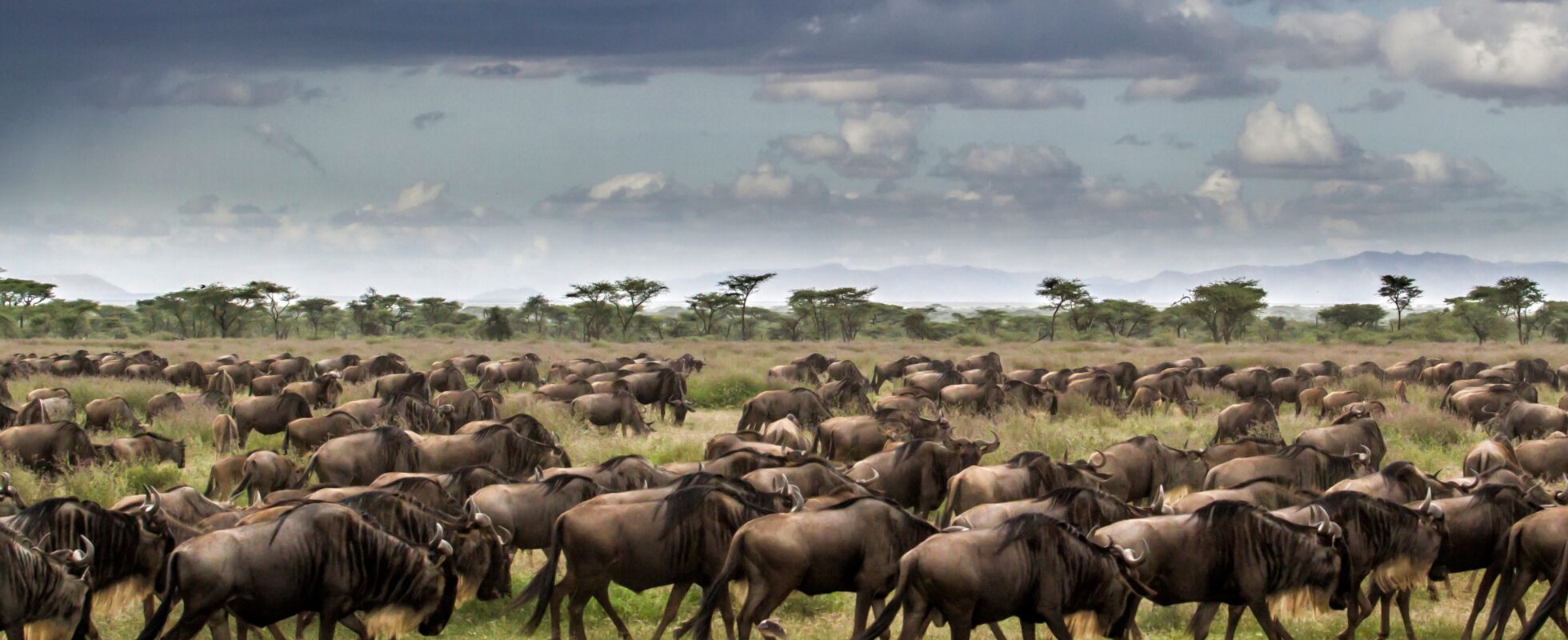
THE GREAT WILDEBEEST MIGRATION
The Great Wildebeest Migration is the largest mammal migration in the world and one of the "Seven Natural Wonders of Africa". It’s a true spectacle of nature, with millions of wildebeest, zebras, and gazelles thundering across the endless plains of the Serengeti throughout the year in search of fresh grazing and higher-quality water. For many travelers, the epic crossing of the Grumeti and Mara Rivers is the ultimate highlight!
Therefore, it comes as no surprise that this unforgettable experience is one of the primary reasons for tourists to go to Tanzania every year. If the wildebeest migration in Serengeti National Park is also on top of your to-see-list, it’s important to know where the herds are.
That’s why we want to tell you
- when and where the Great Wildebeest Migration occurs month-by-month,
- the best time to watch the migration,
- the best place to see the migration and
- tips for the most intense experience.
QUICK FACTS ABOUT THE GREAT WILDEBEEST MIGRATION
- The Great Wildebeest Migration is the largest animal migration in the world, with almost two million animals crossing the Tanzanian plains each year.
- Although named after wildebeests, which make the majority of animals, the migrating herds also include zebras, topi, gazelles, and other animals.
- The migration typically begins in December and lasts until November, although its beginning depends on the start of the rainy season in Tanzania.
- The herds cover approximately 1,000 kilometers during the migration cycle.
- Up to 250,000 wildebeests are killed by predators during the migration.
- Migrating wildebeests divide into herds of hundreds of thousands of animals.
WHEN AND WHERE IS THE GREAT WILDEBEEST MIGRATION?
Here’s the trick – the exact timing of the Serengeti wildebeest migration depends upon the rainfall patterns each year. This makes predicting where and when the migration begins. It’s something not even wildebeests know!
Due to climate changes, the rainy seasons haven’t been occurring regularly, nor are they easily predictable. That’s also why the migration has been thrown out of synch in recent years.
However, thanks to our experienced Tanzania Specialist guides, we are able to make a fairly accurate prediction. This is one of the main reasons why our Tanzania safaris are so popular for everyone who wants to see this spectacle with their own eyes.
Great Wildebeest Migration safari itineraries
Get inspired by these wonderful itineraries and experience the wonder of the Great Wildebeest Migration.
-
From $3,000 USD*
18 Days Tanzania Safari + Zanzibar vacation [Suitable to include the Wildebeest Migration]
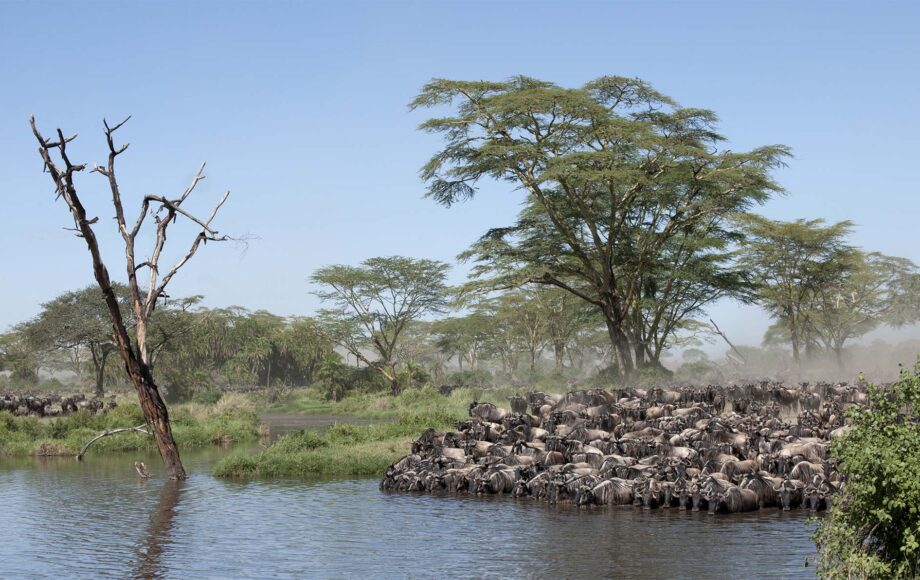
-
From $2,057 USD*
10 Days Tanzania safari, all northern parks in 1 trip! [Suitable to include the wildebeest migration]
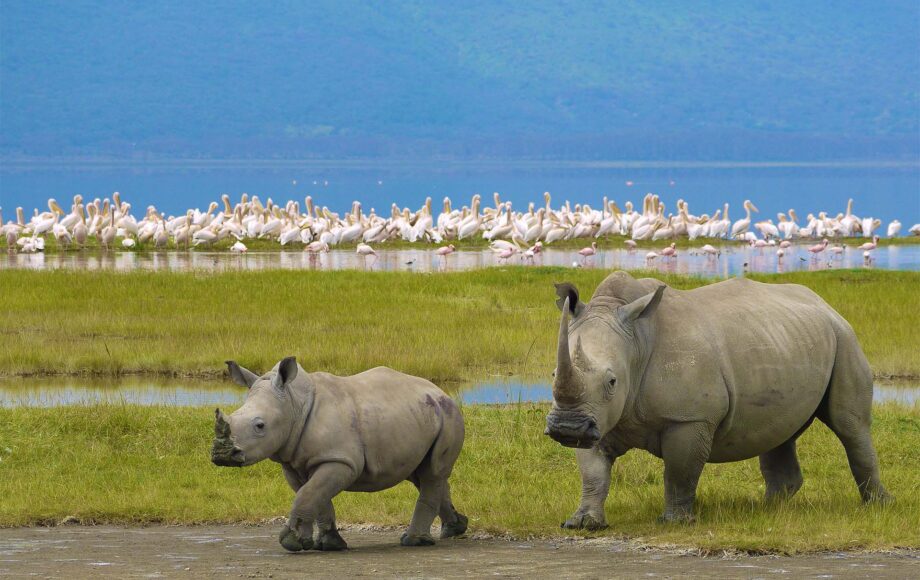
-
From $2,924 USD*
12 days safari and beach [chance to see the Mara River crossing plus a flight to Zanzibar]
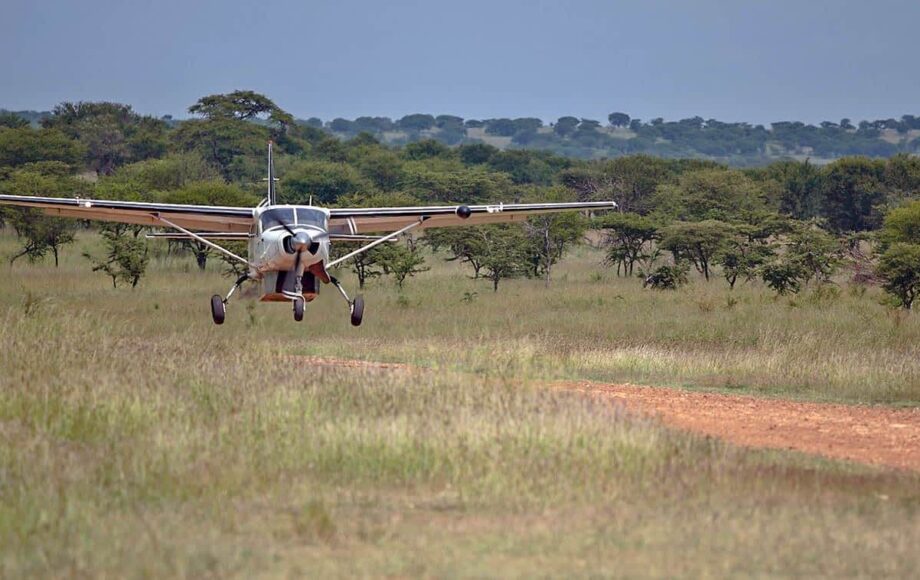
-
From $2,289 USD*
9 days safari
Wildebeest Migration and Mara River crossing
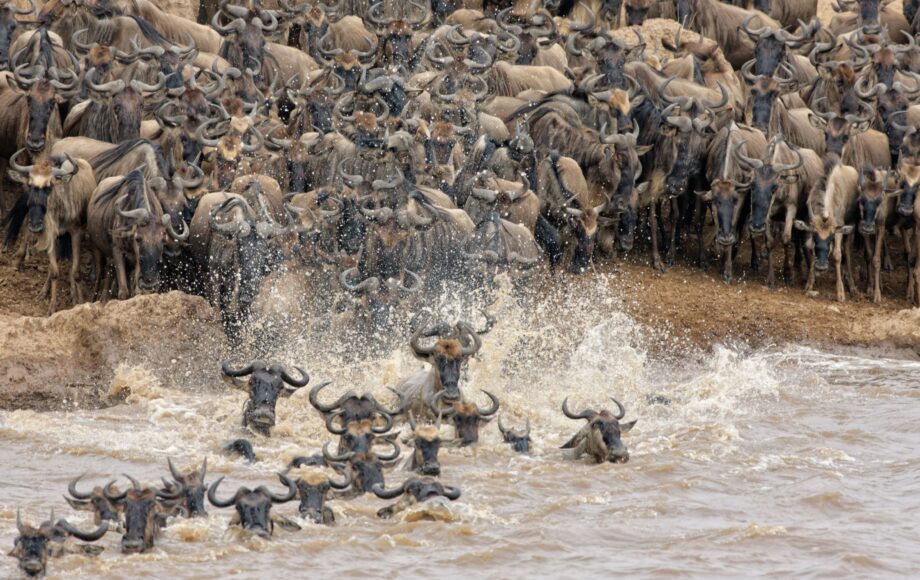
A MONTH-BY-MONTH BREAKDOWN
December to April
The migration typically begins in late November or early December, when migrating herds arrive in the southern parts of Tanzania’s Serengeti National Park in the Ndutu area.
When in the Serengeti, the animals are free to move wherever they want. It’s a truly magnificent sight of almost two million wildebeests and zebras dispersed throughout Tanzania’s plains, enjoying fresh and nutritious grasses.
In February, the calving season begins, with half a million calves born on these southern plains. You can also see a lot of predators at this time, who are all waiting for easy prey.
Around April, the herds head for the central and western part of the Serengeti in search of fresh, long grass. The rains start, and the mating season begins.
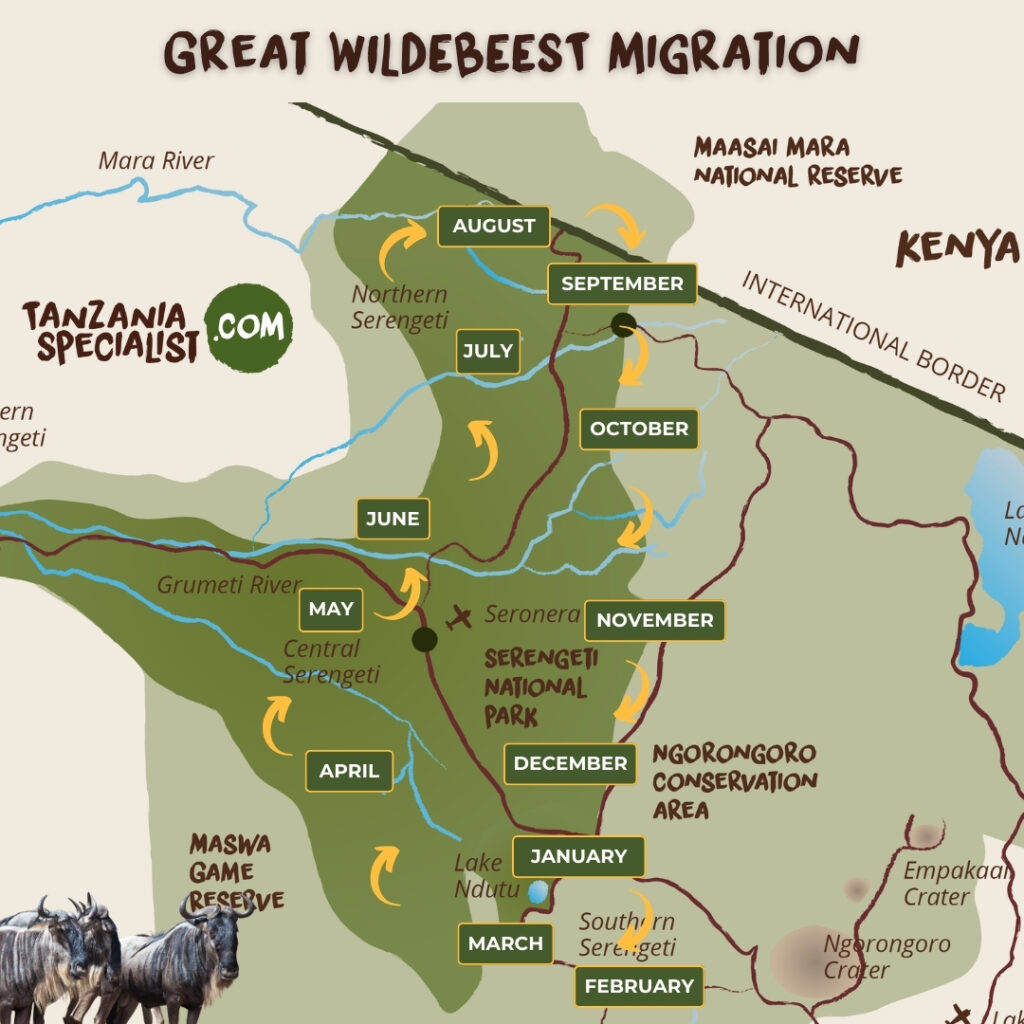
May to June
In May and June, the herds of wildebeests and zebras migrate further north to get ready for the dangerous Grumeti River crossing full of giant crocodiles.
It’s a scary sight as you watch thousands of these magnificent creatures struggle against the forces of nature and predators. Unfortunately, not all animals survive the crossing.
The survivors continue their journey, with some herds heading through the Grumeti Game Reserve and Ikorongo Game Reserve while others choose the path piercing through the heart of the Serengeti National Park.
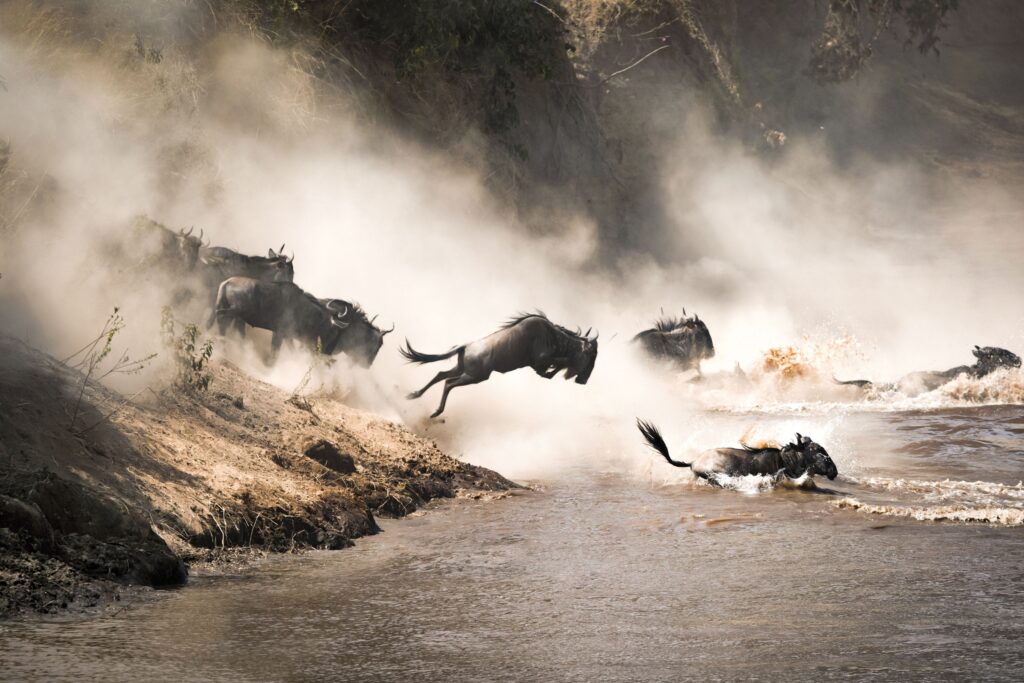
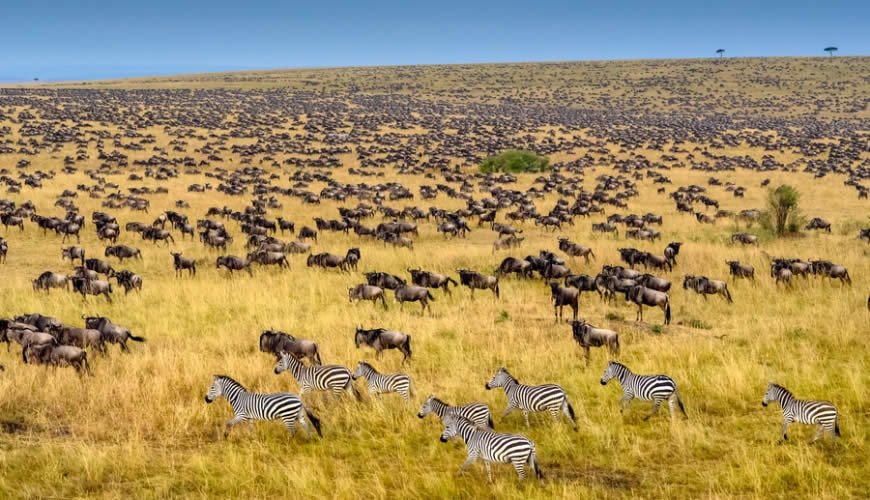
July to September
From July till September, you’ll find the herds around the Mara River, which they need to cross to get to Kenya. The sights are impressive as well as dramatic around this time. The fast-flowing water and crocodiles make this crossing extremely dangerous for the herds.
The Mara River crossing is the most serious obstacle during the migration, creating a spectacular yet often hair-raising spectacle of panic and confusion as herds consisting of hundreds of thousands of animals try to get through the gushing river.
Interestingly, in the last two years, almost two-thirds of the migration did not cross the Mara River since there was enough fresh grass left in the northern Serengeti.
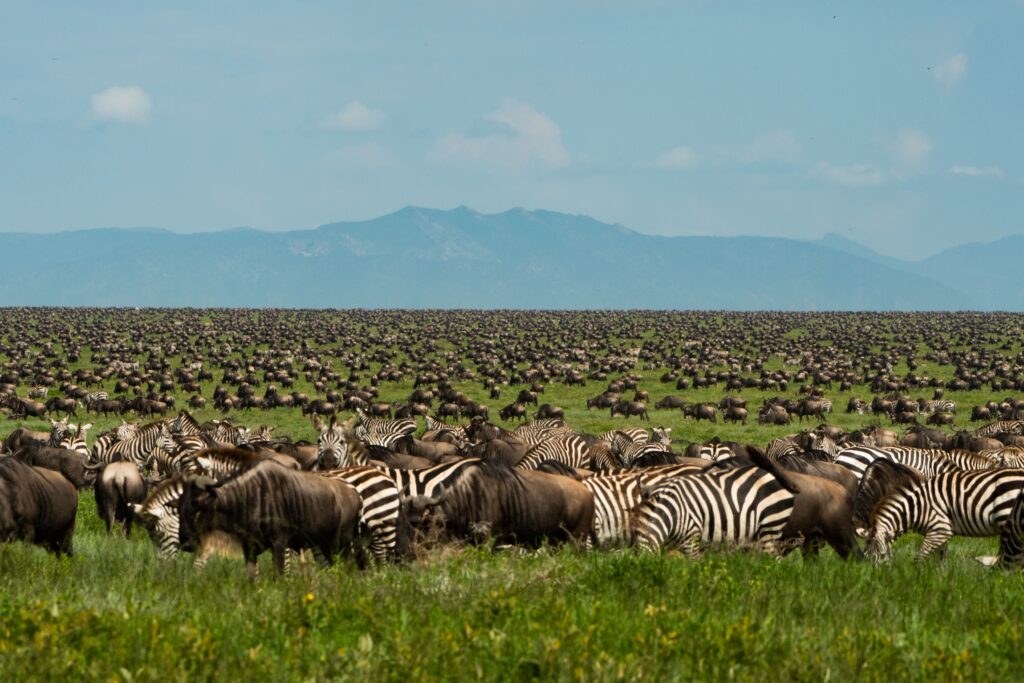
October to December
From October till November, the wildebeest migration leaves the northern Serengeti and makes its way back to the southern part/Ndutu via the central Seronera region. The herds remain there until late November/early December, and the annual cycle starts all over again.
WHEN IS THE BEST TIME TO SEE THE GREAT WILDEBEEST MIGRATION IN TANZANIA?
It’s hard to say what the best time is to experience the Great Wildebeest Migration, as it all depends on what you’d like to witness. Also, given how unpredictable the rain seasons have become, pinpointing the exact date is mighty difficult.
In general, we can divide the migration into five events/seasons:
| Approximate Period | Event | Place |
| December to January | Beginning of the migration | Southern Serengeti |
| February to April | Calving & breeding season | Southern Serengeti |
| May to June | Grumeti River crossing | Western Serengeti |
| July to September | Mara River crossing | Masai Mara and Northern Serengeti |
| October to November | The trek south | Masai Mara and Northern Serengeti to Southern Serengeti |
All in all, most travelers wanting to see the migration plan their safari trip between July and September. That’s mostly because of the Mara River crossing, which is by far the most exciting and spectacular event of the Great Wildebeest Migration.
WHAT IS THE BEST PLACE TO SEE THE GREAT WILDEBEEST MIGRATION?
As with the best time, the best place to see the wildebeest migration depends on what you want to see. For instance, from December to April, it’s best to search for accommodation in the Southern and Central Serengeti.
This is the period during which herds cover the plains of Southern Serengeti and stay there for the calving and breeding season. The calving season is very popular among tourists who want to witness the dance of life and death as predators try to take advantage of young calves and find easy prey.
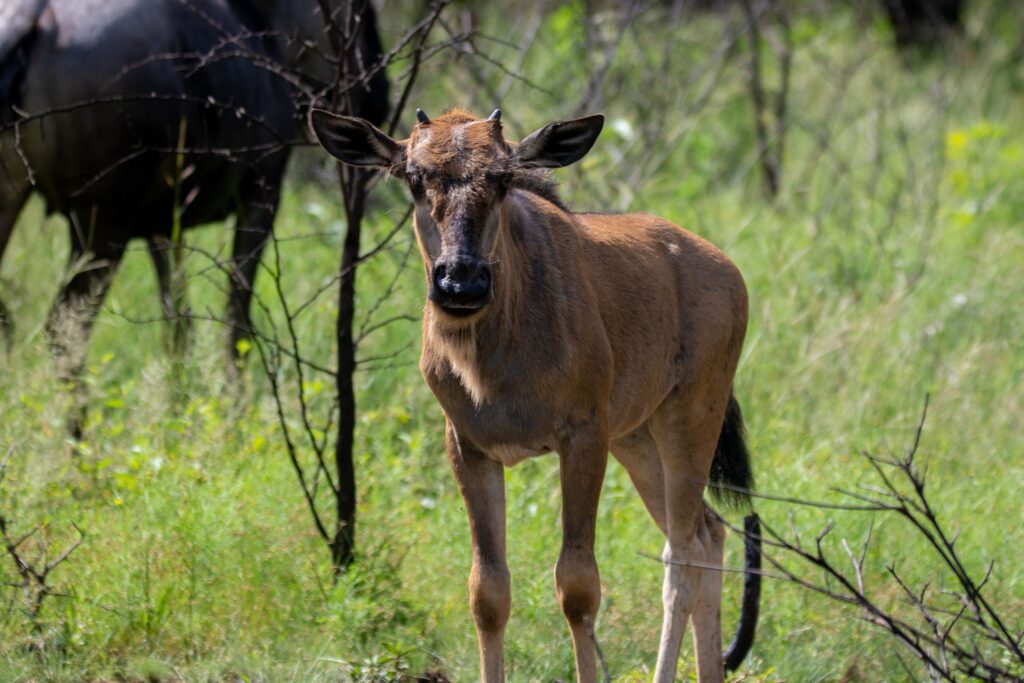
If you’d like to witness the mighty river crossings, though, these occur in the northern parts of Serengeti and the Masai Mara region (Kenya).
There are multiple tented camps located in key areas that are perfect for witnessing the Great Wildebeest Migration in Tanzania in all its glory.
The best accommodations for your safari
Experience the thrill of the Great Wildebeest Migration and relax in (your) style afterwards.
HOW TO EXPERIENCE THE GREAT WILDEBEEST MIGRATION?
Witnessing the Great Wildebeest Migration is a magical experience. However, to fully immerse yourself in this mystical adventure, you need to travel to Tanzania with a trusted and experienced safari guide.
That is something Tanzania Specialist can help you with. Each of our safaris offers a unique experience that you can fully customize to your preferences. We want this to be an adventure you won’t forget, providing you with an experience that will last a lifetime and be cherished forever.
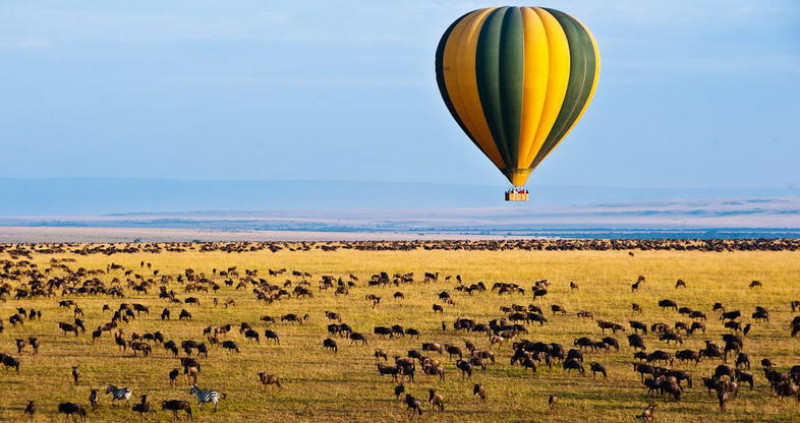
HOW TO PLAN THE GREAT WILDEBEEST MIGRATION SAFARI?
Okay, so you know when, where, and with whom to experience the Great Wildebeest Migration in Tanzania (hint: with us). The one remaining question is how.
Well, we won’t lie to you: planning a wildebeest migration safari can take some time, and it’s not something that you should treat trivially. While we can make this adventure even more magical once you’re here, there are still several things you should do before you leave for Tanzania.
Here are some tips on how to plan the wildebeest migration safari.
Book Early
Planning and booking a safari is not something that you should do on short notice. That rule applies to any safari offer, but is especially important during the peak wildebeest migration season from June to October.
This is when most tourists flood Tanzania to witness the migration, which means that camps and lodges fill up fast. Therefore, if you want to see the river crossings, be sure to book your trip early, at least a year in advance.
Know When to Go
As said, there’s no shortage of tourists in Tanzania during the peak season, especially in the Serengeti National Park, where most of the migration occurs. If you’d like to avoid the crowds, it might be better to consider another time of the year to experience the migration on your own terms, without the hordes of tourists fighting for the best spots.
One of the key advantages of booking a migration safari through Tanzania Specialist is that our camps are located a bit further away from the hot spots. This allows you to enjoy your safari in a more tranquil environment, allowing you to fully immerse yourself in the experience.
Diversify Your Experience
Although witnessing the Great Wildebeest Migration is amazing on its own, there are multiple ways to intensify your safari experience. At Tanzania Specialist, each safari we offer comes with a list of additional activities you can book to make your trip even more personal.
For more safari planning tips, refer to our complete guide on how to plan your first safari. It will provide you with a better overview of key considerations to keep in mind when planning your safari adventure in Tanzania.
WRAPPING UP
As one of the “Seven Natural Wonders of Africa”, the Great Wildebeest Migration is not something to avoid when planning your trip to Tanzania. It’s a once-in-a-lifetime experience that will be with you forever, and a spectacle that doesn’t disappoint.
And when looking for a migration safari, look no further than Tanzania Specialist. We have years of experience organizing tours and safaris throughout Tanzania, providing our clients with everything Tanzania has to offer.
See you on the Tanzanian plains!
Let us create your tailor-made trip
Receive a free, no obligation quote
Start planning your dream trip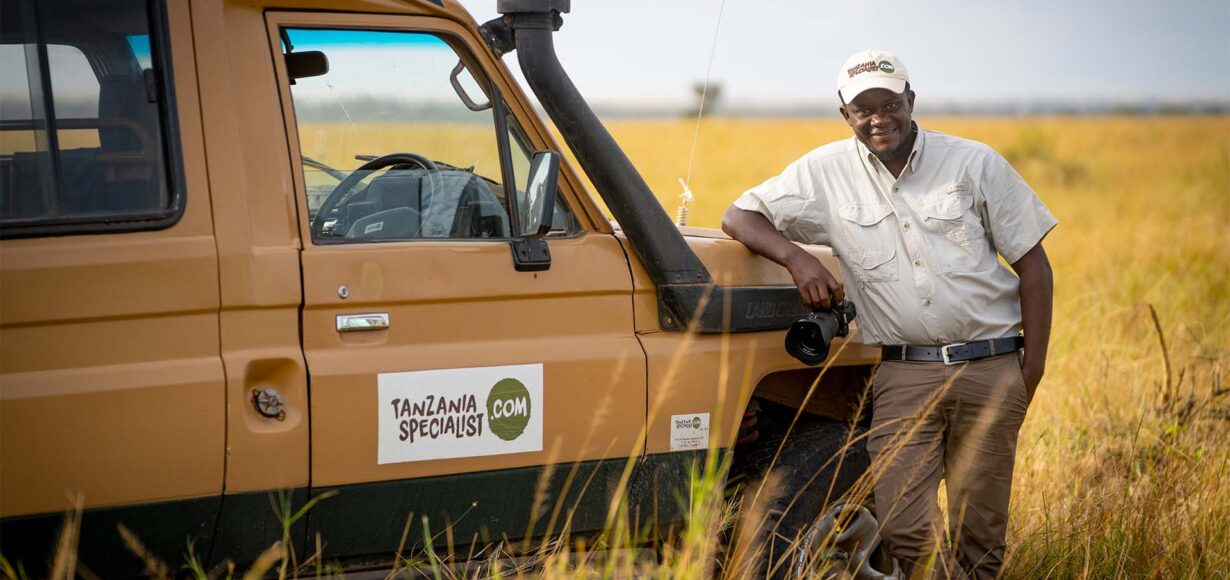

Call an expert
Our specialists are here to assist you
USA: +1 518 634 1139 UK: +44 20 3808 4213 other countries



